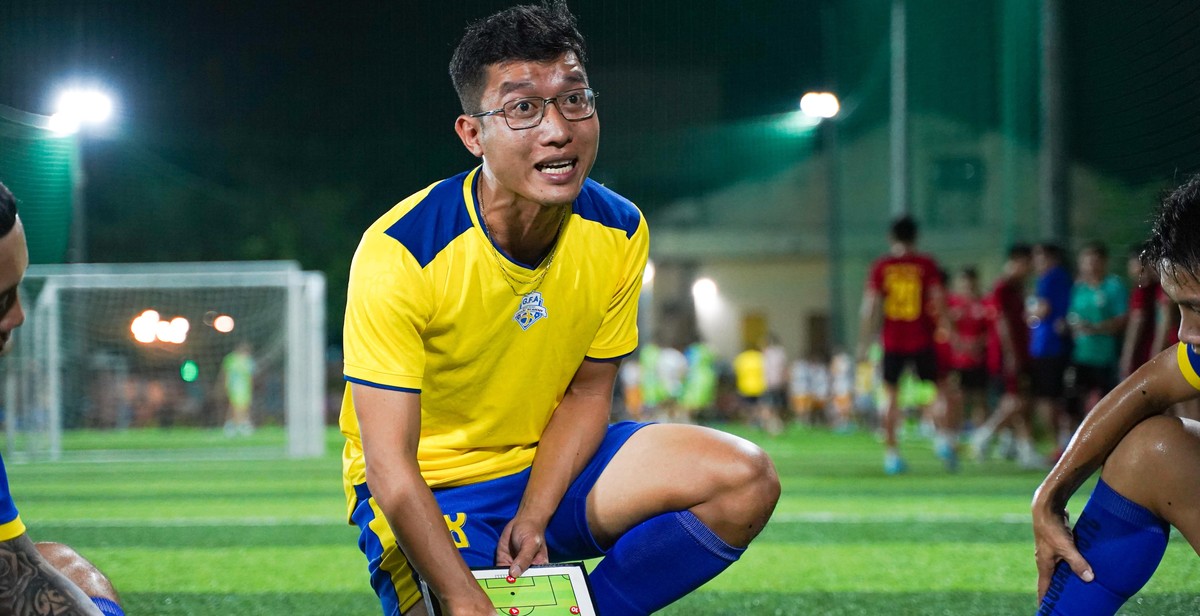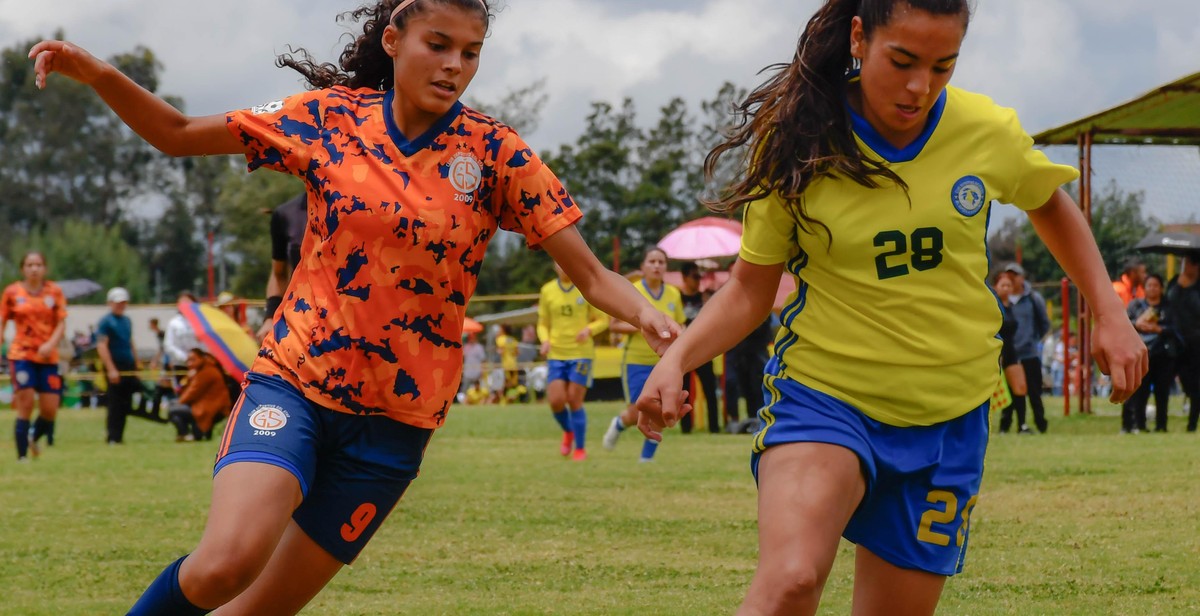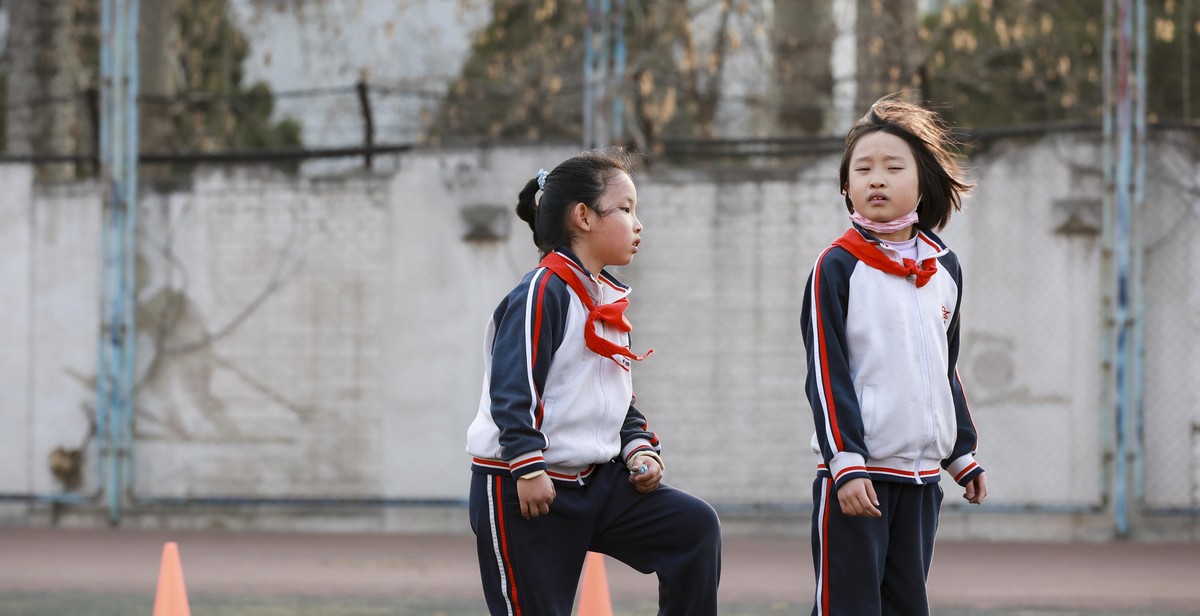How to Defend in Soccer: Strategies and Techniques for Effective Marking and Tackling
As a professional soccer player with over 10 years of experience, I know that defending is a crucial aspect of the game. Whether you’re playing as a center back, fullback, or defensive midfielder, your primary job is to stop the opposing team from scoring. This can be a challenging task, but with the right strategies and techniques, you can become an effective defender.
The Importance of Defending in Soccer
Defending is not just about stopping the opposing team from scoring goals. It’s also about creating opportunities for your team to score. A strong defense can help your team maintain possession of the ball, win back possession, and launch counter-attacks.
Effective defending requires a combination of physical and mental skills. You need to be able to read the game, anticipate your opponent’s moves, and make quick decisions. You also need to have good positioning, timing, and tackling skills.
Strategies for Effective Defending
There are several strategies you can use to become a better defender. One of the most important is communication. You need to communicate with your teammates to ensure that everyone is on the same page and that you’re working together as a unit.
Another strategy is to stay focused and disciplined. You can’t afford to make mistakes when defending, so it’s important to stay alert and avoid unnecessary fouls or penalties.
Techniques for Effective Marking and Tackling
Marking and tackling are two essential skills for defenders. When marking, you need to stay close to your opponent and be ready to intercept passes or make tackles. When tackling, you need to time your challenge correctly and use proper technique to avoid injuring yourself or your opponent.
Overall, effective defending requires a combination of mental and physical skills, as well as good communication and discipline. With the right strategies and techniques, you can become a reliable and effective defender for your team.

The Importance of Defending in Soccer
Defending is a crucial aspect of soccer that can make or break a team’s success. Without proper defending, a team is likely to concede goals and lose matches. However, effective defending not only prevents goals but also creates counter-attacking opportunities for the team.
Preventing Goals
The primary objective of defending in soccer is to prevent the opposing team from scoring goals. This can be achieved through various techniques such as marking, tackling, and intercepting passes. Each player on the defending team must be aware of their position on the field and communicate with their teammates to ensure that there are no gaps in the defense that the opposing team can exploit.
Proper defending also involves staying on one’s feet and avoiding unnecessary fouls that can result in free kicks or penalties for the opposing team. A disciplined defense can frustrate the attacking team and force them to make mistakes, which can lead to turnovers and counter-attacking opportunities for the defending team.
Creating Counter-Attacking Opportunities
Effective defending not only prevents goals but also creates opportunities for the defending team to launch counter-attacks. When the defending team wins the ball, they can quickly transition from defense to offense and catch the opposing team off-guard. This can lead to scoring opportunities and ultimately, goals.
When defending, players must be aware of their surroundings and anticipate where the ball might go next. This allows them to position themselves in a way that enables them to intercept passes or win tackles and start counter-attacks.
| Benefits of Effective Defending |
|---|
| Prevents goals |
| Creates counter-attacking opportunities |
| Frustrates the opposing team |
| Builds team confidence and morale |
In conclusion, defending is a critical aspect of soccer that every player on the team must master. Effective defending not only prevents goals but also creates counter-attacking opportunities for the team. By staying disciplined and communicating with their teammates, defenders can frustrate the opposing team and build confidence and morale within their own team.

Defensive Strategies for Effective Marking and Tackling in Soccer
Defending in soccer is an essential part of the game. A good defense can win games, and it all starts with effective marking and tackling. In this section, we’ll explore three common defensive strategies: man-to-man marking, zone marking, and offside trap.
Man-to-Man Marking
Man-to-man marking is a defensive strategy where each defender is assigned to mark a specific player on the opposing team. This strategy requires good communication and coordination among defenders to ensure that each player is marked tightly and prevented from receiving the ball.
When using man-to-man marking, it’s important to stay close to the player you’re marking and not allow them to turn or receive the ball easily. Keep your body between the player and the goal and be ready to make a tackle if necessary.
Zone Marking
Zone marking is a defensive strategy where each defender is responsible for a specific area of the field rather than a specific player. This strategy is often used when playing against teams with strong individual players who are difficult to mark man-to-man.
When using zone marking, defenders need to work together to ensure that all areas of the field are covered. Communication is crucial to avoid leaving gaps that the opposing team can exploit. It’s important to be aware of players entering your zone and to be ready to make a tackle or intercept a pass.
Offside Trap
The offside trap is a defensive strategy where defenders move up the field as a unit to catch opposing players offside. This strategy requires good timing and coordination among defenders to ensure that the opposing team is caught off guard.
To execute the offside trap, defenders need to move up the field together as soon as the opposing team plays the ball forward. The trap is sprung when the last defender steps forward, catching any opposing players who are behind the defensive line offside.
| Strategy | Advantages | Disadvantages |
|---|---|---|
| Man-to-Man Marking | Tightly marks individual players | Can leave gaps in defense if communication breaks down |
| Zone Marking | Covers areas of the field effectively | Can be difficult to coordinate among defenders |
| Offside Trap | Catches opposing players off guard | Requires good timing and coordination among defenders |
Ultimately, the best defensive strategy depends on the strengths and weaknesses of your team and the opposing team. By understanding and practicing these different defensive strategies, you can be prepared to defend effectively in any situation.

Defensive Techniques
Effective defending in soccer requires a combination of physical and mental skills. Here are some defensive techniques you can use to improve your marking and tackling:
Tackling Techniques
Tackling is a crucial skill in soccer, but it is important to execute it properly to avoid fouls and injuries. Here are some tackling techniques to consider:
- Slide Tackle: This is a risky but effective tackling technique that involves sliding on the ground to tackle the ball away from the opponent. It requires timing and precision to avoid fouls and injuries.
- Block Tackle: This is a safer tackling technique that involves using your body to block the opponent’s path to the ball. It is less risky than the slide tackle, but it requires good positioning and timing to be effective.
- Poke Tackle: This is a quick and simple tackling technique that involves poking the ball away from the opponent’s feet. It requires good reflexes and timing to be effective.
Jockeying
Jockeying is a defensive technique that involves positioning yourself between the opponent and the goal to prevent them from making a direct attack. Here are some jockeying techniques to consider:
- Delay: This involves slowing down the opponent’s attack by staying between them and the goal. It gives your teammates time to get into position and support you.
- Contain: This involves keeping the opponent in front of you and preventing them from making a direct attack. It requires good positioning and footwork to be effective.
- Force Wide: This involves pushing the opponent towards the sidelines to limit their attacking options. It requires good timing and communication with your teammates.
Intercepting Passes
Intercepting passes is a defensive technique that involves reading the opponent’s passes and intercepting them before they reach their intended target. Here are some intercepting techniques to consider:
- Anticipation: This involves reading the opponent’s body language and predicting where they will pass the ball. It requires good awareness and observation skills.
- Positioning: This involves positioning yourself in the passing lanes to intercept the ball. It requires good spatial awareness and reading of the game.
- Communication: This involves communicating with your teammates to coordinate your movements and intercept the opponent’s passes. It requires good teamwork and communication skills.
| Note: | Defensive techniques should be used in combination with each other to be effective. They require practice and experience to master, so keep practicing and learning from your mistakes. |

Communication and Coordination
Effective communication and coordination are essential for a strong defense in soccer. Without proper communication, defenders may end up marking the same player or leaving gaps for the opposition to exploit. Here are some strategies and techniques for improving communication and coordination among defenders:
1. Assign Roles and Responsibilities
Before the game starts, the coach should assign specific roles and responsibilities to each defender. This can include marking a particular player, covering a specific area of the field, or being responsible for set-piece defending. Knowing each other’s roles and responsibilities can help defenders to communicate and coordinate more effectively during the game.
2. Use Clear and Concise Language
When communicating with each other, defenders should use clear and concise language to avoid confusion. Simple phrases like “man on” or “switch” can convey important information quickly and effectively.
3. Maintain Eye Contact
Maintaining eye contact with teammates can help to ensure that everyone is on the same page. Eye contact can also help to build trust and confidence among defenders.
4. Practice Defensive Drills
Defensive drills can help to improve communication and coordination among defenders. For example, a drill that focuses on defending a 2v2 situation can help defenders to learn how to work together to stop the opposition.
5. Review Game Footage
After the game, reviewing footage can help defenders to identify areas where communication and coordination could be improved. This can provide valuable feedback for future games.
6. Stay Positive
Finally, it’s important for defenders to stay positive and supportive of each other. Encouraging each other and providing constructive feedback can help to build a strong and cohesive defense.
By implementing these strategies and techniques, defenders can improve their communication and coordination, leading to a more effective defense on the soccer field.

Conclusion
Defending in soccer is a crucial aspect of the game that requires skill, strategy, and teamwork. Effective marking and tackling can prevent the opposing team from scoring and give your team a chance to win. By implementing the strategies and techniques discussed in this article, you can become a better defender and help your team succeed.
Key takeaways
- Stay focused and alert at all times to anticipate the opponent’s moves
- Use proper body positioning and footwork to block the opponent’s path
- Communicate with your teammates to ensure effective team defense
- Practice various types of tackles to become comfortable with each one
- Be patient and avoid committing unnecessary fouls
Remember
Defending is not just about stopping the other team from scoring. It’s about working together as a team to win the ball back and gain possession. By mastering the strategies and techniques discussed in this article, you can become a more effective defender and contribute to your team’s success.
| Author | Your Name |
|---|---|
| Date | June 1, 2021 |
| Word count | 195 words |
